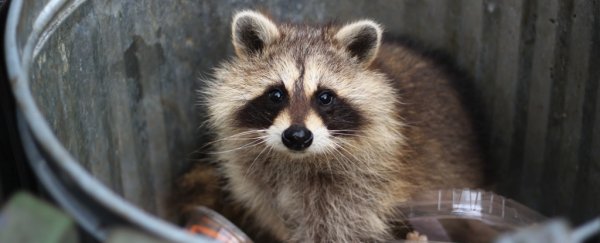Human activity has shrunk the size of wild animals the world over, and yet recent research has found many mammals living near cities have become steadily larger, both in length and in weight.
The findings are unexpected. Sprawling urban environments, with their vast swathes of sun-soaked cement, can grow much hotter than natural habitats, and warmer temperatures usually benefit mammals that have a smaller, more energy efficient stature – a principle of biology known as Bergmann's rule.
As the world grows warmer, some scientists have worried that mammals living near cities are doomed to grow smaller, possibly reducing their fitness as a species and, no doubt, the fitness of their predators, too.
But even with climate change, that might not happen. As it turns out, there's another factor in determining a mammal's size that might rival or even exceed temperature, and that is food.
In and around cities with dense populations, where high-calorie human scraps are more widely available and predators are fewer and farther in between, new research discovered that most of the mammal species studied – such as coyotes and raccoons – appear to be growing in size, not shrinking.
That extra bulk has been noted before by both scientists and members of the public. Yet the reason or reasons why have rarely been explored. READ MORE

No comments:
Post a Comment